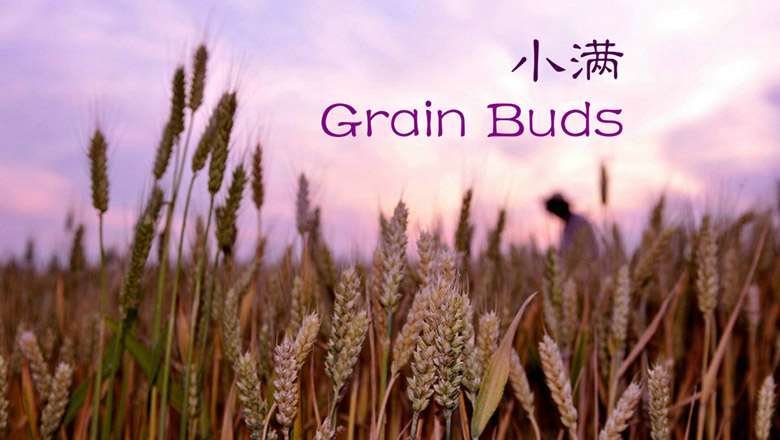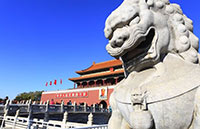Farmers and herdsmen are living in a clean and beautiful environment. Tibet has also improved its facilities in the areas of water, electricity, highways, gas, telecommunications, postal services, radio and television, and the environment in farming and pastoral areas, basically solving the problem of drinking water safety. It has also realized telephone communication and radio and TV coverage in all villages, and broadband connection in all townships. Tibet has improved the living environment of 4,500 administrative villages. Almost 240,000 farmer and herdsman households use clean biogas, and more than 95 percent of rural households cook with iodized salt. Since 2010, work on improving the people's living environment and the ecological environment has been carried out in Tibet according to the requirement of "clean water, clean farm and clean home." At present programs for improving the appearance of villages and the ecological environment have been carried out in 4,500 administrative villages with an input of 4.4 billion yuan.
The poverty-stricken population has been substantially reduced. From 2006 to 2014, Tibet launched the "Campaign to Develop Border Areas and Improve the Lives of the People," relocated poverty-stricken families and people with Kashin-Beck disease, and increased by 20 to 30 percent the per capita living area of 116,300 poverty-stricken families. Many people have moved from small, dark, adobe houses, where they lived alongside livestock, to safe, more suitable homes. Poverty relief projects have benefited 2.6 million people in 578,000 households. Tibet has built and renovated a total of 3,223 km of country roads, 3,371.6 km of irrigation channels, 347 ponds covering a total 2.3294 million sq m; it has built 883 bridges for agricultural purposes of a total 12,834 m in length, 4,583 greenhouses, and 35,000 pens. It has also installed or improved irrigation systems for 300,000 mu (one mu = 1/15 hectare) of farmland. Tibet has moreover improved the ecological environment of poverty-stricken areas, and the total area of fenced grassland, improved grassland, and planted grassland has reached 287,800 mu. Since 2003, the income of farmers and herdsmen has recorded double-digit growth for 12 consecutive years. The poverty-stricken population - people with a per capita per annum income of less than 2,300 yuan (at constant price of 2010) - has fallen from 1.17 million in 2010 to 610,000 at the end of 2014. The proportion of poverty-stricken population in the Region's total population of farmers and herdsmen fell from 49.2 percent in 2010 to 23.7 percent in 2014. Since 2006, the Region has directly or indirectly allocated a total of 70.636 billion yuan in subsidies to strengthening agriculture and benefiting farmers, 189 million yuan in subsidies to grain production, 358 million yuan as general subsidies for purchasing agricultural supplies, and 340 million yuan as subsidies for purchasing home appliances and furniture. Those subsidies have increased the income and purchasing power of farmers and herdsmen and improved their living standards.

 Stars of Lijiang River: Elderly brothers with white beards
Stars of Lijiang River: Elderly brothers with white beards
 Wealthy Chinese children paying money to learn British manners
Wealthy Chinese children paying money to learn British manners
 Military-style wedding: Fighter jets, grooms in dashing uniforms
Military-style wedding: Fighter jets, grooms in dashing uniforms
 Striking photos around the world: May 16 - May 22
Striking photos around the world: May 16 - May 22
 Robots help elderly in nursing home in east China
Robots help elderly in nursing home in east China
 Hanging in the air: Chongqing holds rescue drill
Hanging in the air: Chongqing holds rescue drill
 2.1-ton tofu finishes in two hours in central China
2.1-ton tofu finishes in two hours in central China
 Six things you may not know about Grain Buds
Six things you may not know about Grain Buds
















